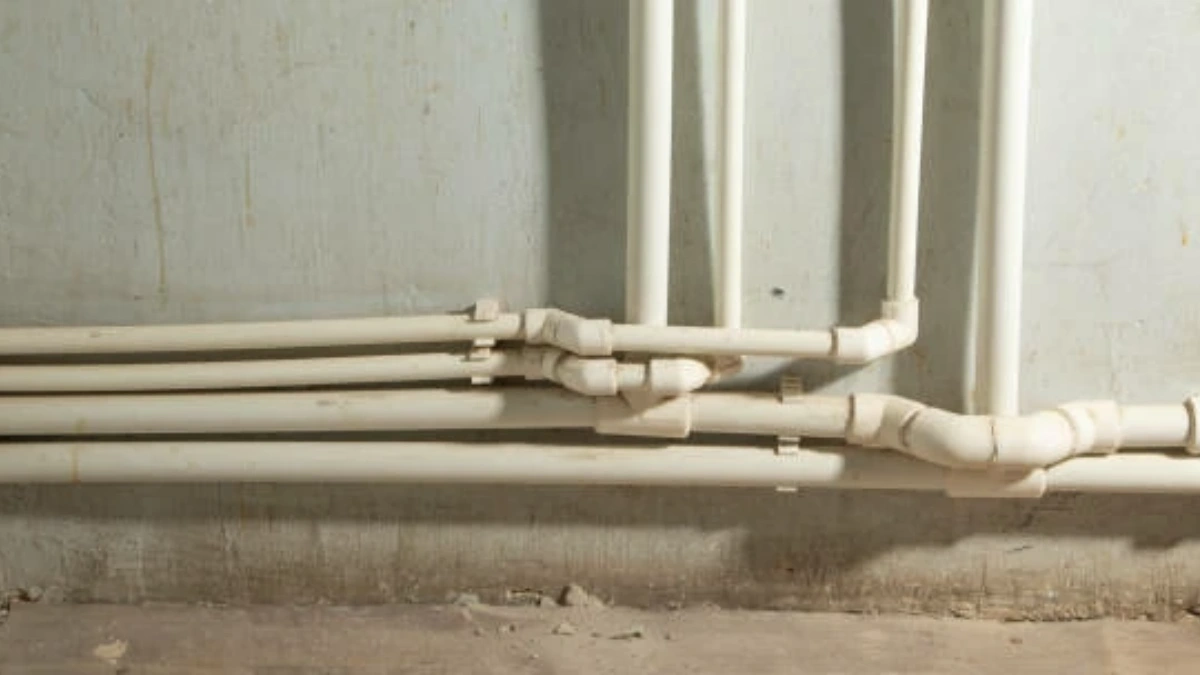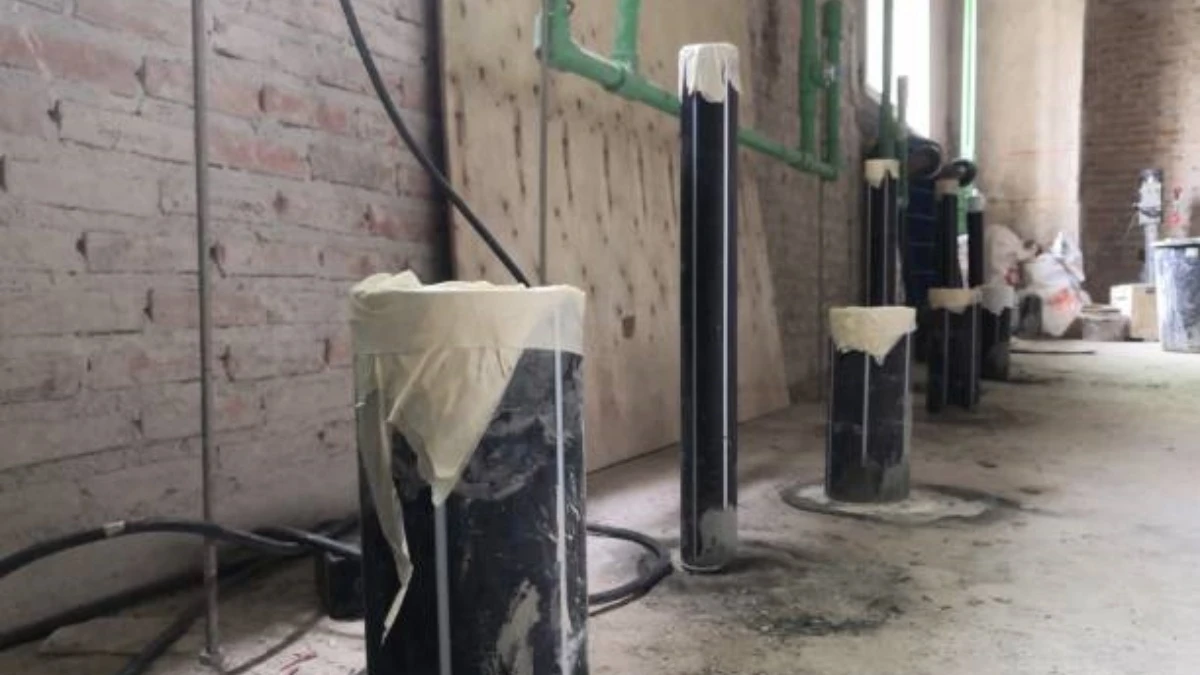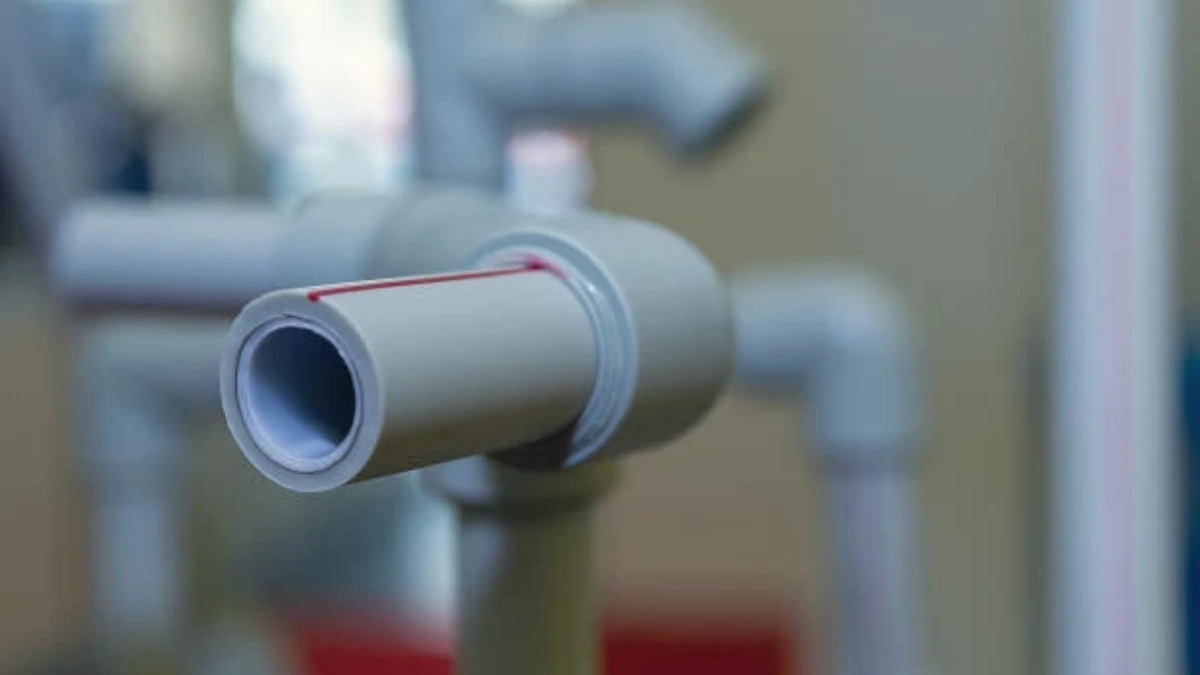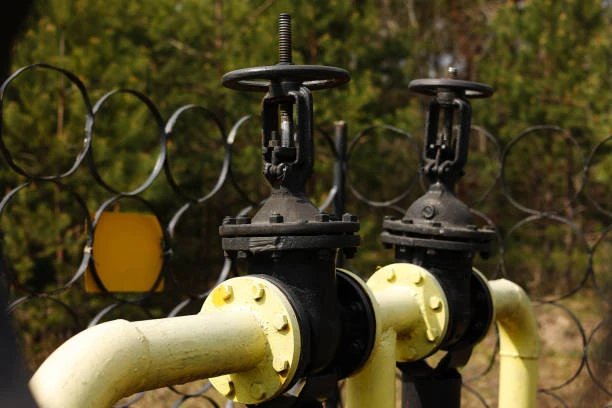Introduction: Understanding PPR Gate Valves
Modern plumbing systems need components that offer durability, performance, and reliability. PPR gate valves meet all these requirements. These valves combine the efficiency of gate mechanisms with the strength of PPR material. Whether you work on residential plumbing or commercial piping, this option provides a long-term solution with low maintenance and high resistance to pressure and temperature.
What Are PPR Gate Valves?
PPR gate valves use a gate mechanism to allow or stop water flow completely. When open, water passes freely. When closed, flow stops instantly. Unlike metal valves, PPR gate valves resist corrosion and scale buildup. Their interior remains clean even after years of use. The PPR material ensures resistance to chemicals, thermal stress, and mechanical wear. These valves fit perfectly in hot and cold water systems. They also help preserve water purity due to their non-toxic construction.
Advantages
Choosing PPR gate valves offers a wide range of practical benefits. First, their corrosion resistance extends their lifespan significantly. You won’t see rust or mineral buildup like with metal valves. Second, they weigh much less than metal options, making them easier to transport and install. Third, their installation process requires only heat fusion, which forms a leak-proof connection. This technique reduces the need for additional sealing materials.
In addition, PPR gate valves handle both high temperatures and pressures. They maintain performance even in hot water lines or heating systems. Their low friction coefficient also allows water to flow smoothly, reducing pressure drops. Finally, these valves do not need frequent maintenance or replacement, saving you time and money over the long term.
PPR Gate Valves vs. Traditional Alternatives
Many plumbers still use metal gate valves for their familiarity. However, modern demands push the need for better solutions. PPR gate valves last longer, especially in chemical-prone environments. They do not rust, do not scale, and do not pollute water. They also offer faster, cleaner installation thanks to heat fusion methods. Metal valves often require threading or flanging, which takes more time and tools.
Another key factor is safety. PPR gate valves do not affect water taste or quality. They also keep water pressure stable and reduce vibration noise. This results in better user experience and fewer post-installation problems. Cost-wise, while metal may appear cheaper at first, PPR wins in the long run through lower maintenance and longer lifespan.
Where Can You Use PPR Gate Valves?
PPR gate valve serve a wide range of applications. They perform well in both residential and industrial plumbing. You can use them in home water lines, central heating systems, commercial buildings, and irrigation projects. PPR handles harsh environments better than most materials. Their resistance to chemicals makes them ideal for water treatment and chemical transport systems.
These valves also work well in high-rise buildings, where consistent pressure control matters. Because of their lightweight design, they reduce structural stress on pipes and fittings. Their flexibility allows integration into old and new systems alike.
How to Install PPR Gate Valve Correctly
Installing PPR gate valve requires attention to detail. First, always measure and cut the pipe accurately. Uneven or angled cuts may lead to leaks or poor fit. Use a clean cutter and ensure the pipe ends stay dust-free. Next, heat both the pipe and valve socket using a proper fusion tool. Avoid overheating, which may damage the material. Push the pipe into the valve socket straight and hold for several seconds.
Once connected, let it cool without moving the joint. After cooling, test the system for leaks before closing the wall or covering the pipe. Always follow the manufacturer’s fusion temperature and timing guidelines. A properly installed PPR valve can last decades with zero issues.
How to Choose the Right PPR Gate Valve
Several factors affect the choice of the best PPR gate valve. Start with pipe diameter compatibility. Select a valve that matches your pipe size to avoid flow disruption. Then, check for certification such as ISO or DIN. These guarantee performance and safety standards. Make sure the valve handles the operating pressure and temperature of your system.
Look for trusted brands with good reviews and technical support. Avoid unbranded or low-quality products. Confirm that the valve includes clear markings for direction and size. Also, check if the gate mechanism moves smoothly. Avoid products that feel loose, too tight, or rough. If in doubt, ask a plumber or technical expert for assistance.
Eco-Friendly Benefits of PPR Gate Valves
Modern plumbing should also support environmental goals. PPR gate valve help reduce your ecological footprint. First, they last longer, which means fewer replacements and less waste. Second, PPR is recyclable and safe for the environment. Third, they support energy efficiency through better insulation and pressure control.
You can also pair PPR valves with solar heaters or low-flow systems. Their high thermal resistance allows easy integration with renewable technologies. Builders who follow green building standards often choose PPR for its sustainability profile. With these valves, you support both performance and environmental responsibility.
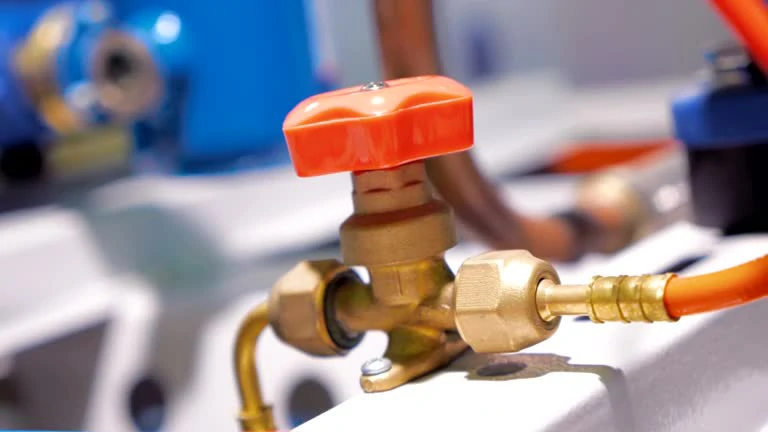
Conclusion
PPR gate valves offer a reliable, eco-friendly, and cost-effective solution for modern plumbing systems. Their resistance to corrosion, heat, and chemicals makes them ideal for demanding environments. Easy installation, long service life, and compatibility with both hot and cold water systems add even more value. Whether you’re upgrading a home system or designing a commercial plumbing layout, these valves deliver high performance with minimal maintenance. Choose wisely—go with PPR for smart plumbing solutions.
Frequently Asked Questions (FAQs)
1. Can I use PPR gate valve in hot water lines?
Yes, PPR gate valves work well in hot water systems, withstanding temperatures up to 95°C.
2. How long do PPR gate valve typically last?
With proper installation, they can last over 50 years in most plumbing environments.
3. Are PPR gate valve safe for drinking water?
Yes, PPR material is non-toxic and certified safe for potable water use.
4. Do I need special tools to install PPR gate valve?
Yes, you need a heat fusion tool to properly connect them to PPR pipes.
5. What sizes do PPR gate valves come in?
They are available in multiple sizes, typically ranging from 20mm to over 110mm.








